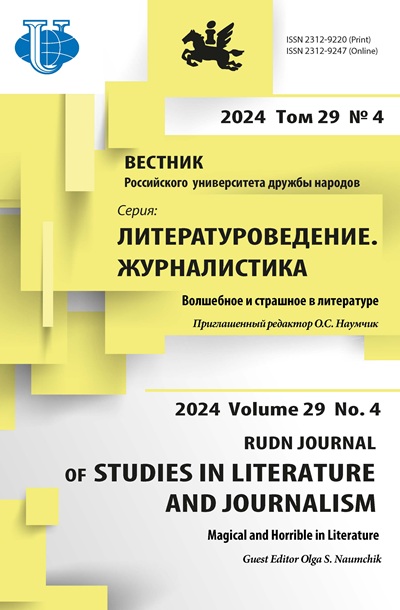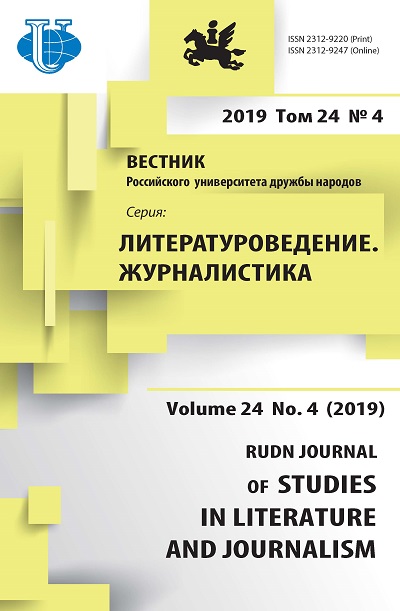Abstract
In the Persian poetry of the postclassical period one can fi nd a signifi cant number of relatively little studied works, which are dedicated to Kashmir, a region located in the north-west of the Indian subcontinent. At present, there is no consensus in Iranian studies regarding the genre defi nition of “Kashmir poems”, which led to consider this problem in detail. The author of the article made an attempt to identify the genre of “the Kashmir poems”, written by Qudsi Mashhadi, whose works have never drawn interest of Russian scholars. Upon analyzing the main motifs and topics of Qudsi’s poems, the author come to the conclusion that they refer to descriptive poetry, and the descriptive motifs are placed either in the context of praise or complaints. The genetic basis of such poems is mainly formed by descriptive, panegyric and calendar poetry. It should be pointed out, that Qudsi’s “Kashmir poems” don’t go back to the shahrashub genre. The presence of similar motifs in “the Kashmir poems” of Qudsi and poems, belonging to the shahrashub genre, indicates that the motifs were transferred from genre to genre - from the shahrashub genre to the genre of description ( vasf ) or from object to object (from the description of cities to the description of regions and vice versa), which refl ects the very essence of the transformation of motifs within the framework of the canonical type of artistic creativity. The analysis has also shown that the term “ bucolic ” doesn’t correspond to the genre nature of Qudsi’s “Kashmir poems”. The study of the genesis and evolution of such poems is intended to contribute to the reconstruction of formation of Persian landscape lyrics of the XIXth century.

















